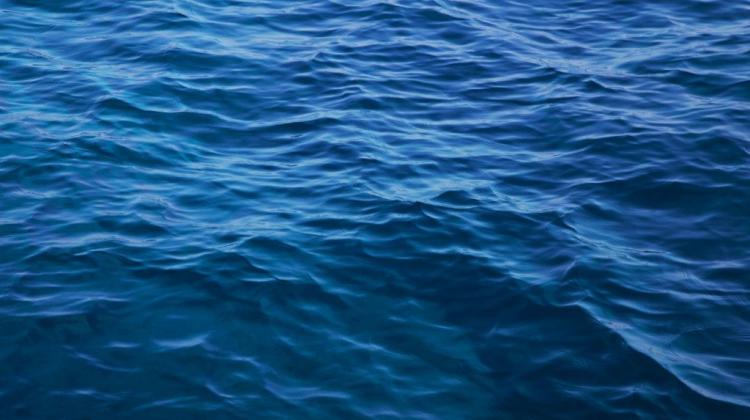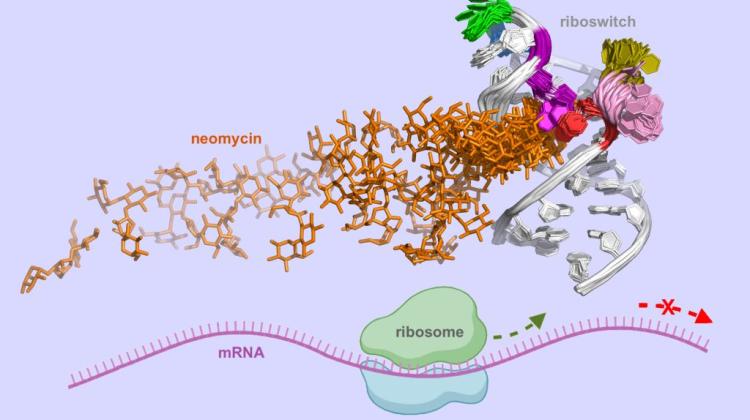Unusual species of crustacean discovered in the lake in Mazury
 Photo: Fotolia
Photo: Fotolia
Scientists discovered previously not known to occur in Poland crustacean species in a forest lake in the forestry district Jagiełek in Mazury. Small copepod with the Latin name Eudiaptomus transylvanicus is the dominant species in the zooplankton of the reservoir.
Measuring a little over a millimetre copepod was found during the biological inventory of forest dystrophic lakes - small closed drainage reservoirs with a high concentration of humic compounds in water. It was first discovered it in the nineteenth century in Romania by zoology professor Eugen von Daday. However, it has not been observed in Poland until now.
Aleksander Sawczuk of the forestry district Jagiełek told PAP that finding Eudiaptomus transylvanicus proves that it is worthwhile to explore various natural objects in the woods. "It was pure luck that scientists found this copepod in our lakes. Ecosystems are different. In the forest we have the black stork and white-tailed eagle, but the composition of fauna and flora in the water is no less interesting, although many organisms can only be seen under a microscope" - he believes.
According to foresters, studying organisms living in the lake was difficult due to the lack of direct access to the water. The reservoir is overgrown with characteristic peat moss, which forms a blanket floating on the surface. The researchers had to use ladders and long boards to reach the water column with a small rubber boat and collect samples.
According to Dr. Jacek Tunowski of Inland Fisheries Institute in Olsztyn, who found the unusual copepod in a forest lake, correct identification of these organisms can be difficult. "The different copepod species are similar, so one of them can go unnoticed during the determination. However, this species was dominant in the reservoir. It was evident that the species was different from those found in Poland" - he explained.
He added that the discovery has already been confirmed by American professor Leszek Błędzki, the author of taxonomic keys for the determination of freshwater crustacean species. It will also be published in a scientific journal.
How did the Eudiaptomus transylvanicus find its way to a lake in Mazury? According to Dr. Tunowski it could, for example, be dragged here by migratory birds, which carry dried eggs of small crustaceans on their feathers.
Copepod has found a good environment, because in the closed drainage reservoir there are no fish that feed on zooplankton. Its main threat are therefore mainly predatory glassworms, larvae of insect similar to a mosquito. However, copepods can avoid danger, thanks to an extraordinary unprecedented speed for their size. They can swim even 1.5 meters per second.
PAP - Science and Scholarship in Poland
mbo/ dym/
tr. RL
Przed dodaniem komentarza prosimy o zapoznanie z Regulaminem forum serwisu Nauka w Polsce.














